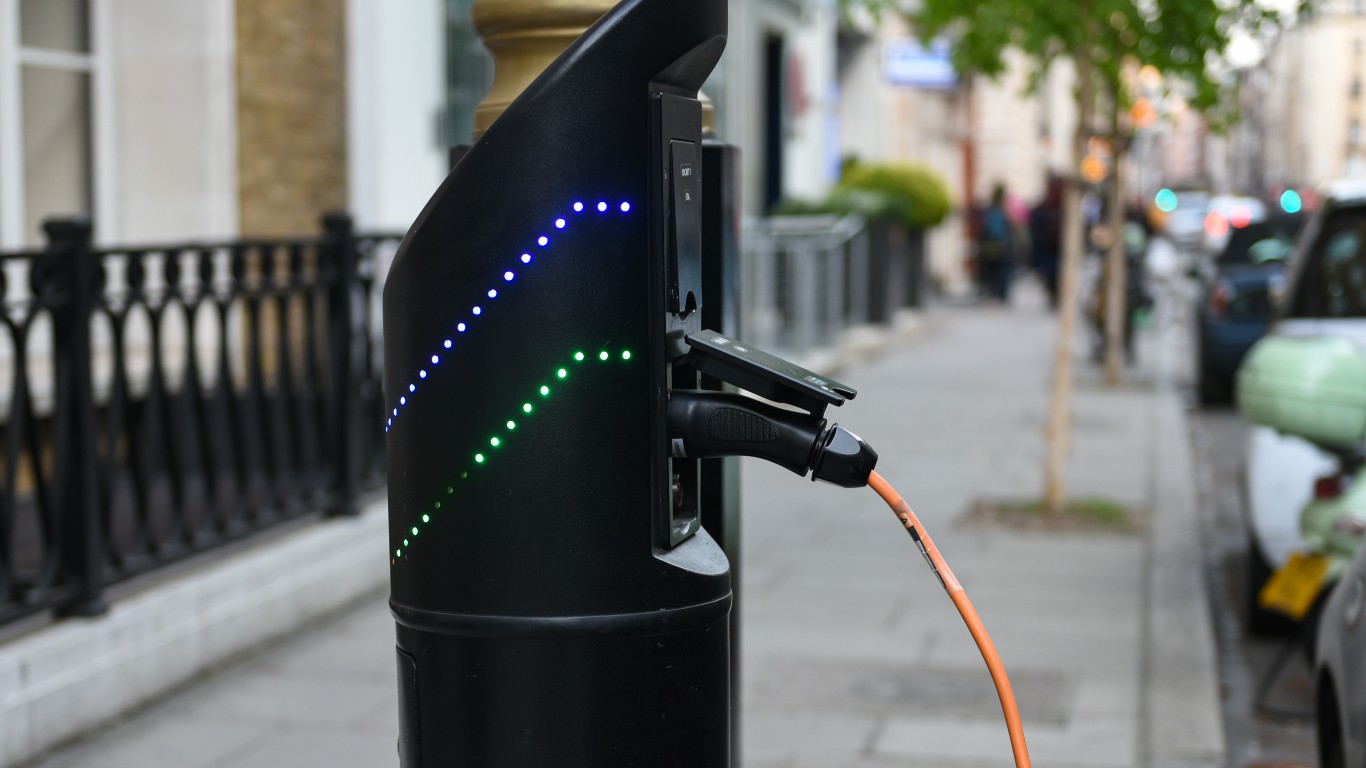When arranging a charging point, the premises and physical location needs to be considered.
Some chargers can be easily accessible and as they contain metals such as copper means they’re attractive to thieves. They’re also easily re-sold second hand online, which has led to the rise of stolen charging cables. To minimise the risk theft, consider the location of charge points and store all charging equipment securely.
It’s also important to focus on fire and electrical safety and the associated potential hazards, standards and legislative requirements. Fires involving lithium-ion batteries present new challenges to fire fighters as they can re-ignite after initially being extinguished. So thought needs to be given to the possibility of fire spread to the surrounding premises.
